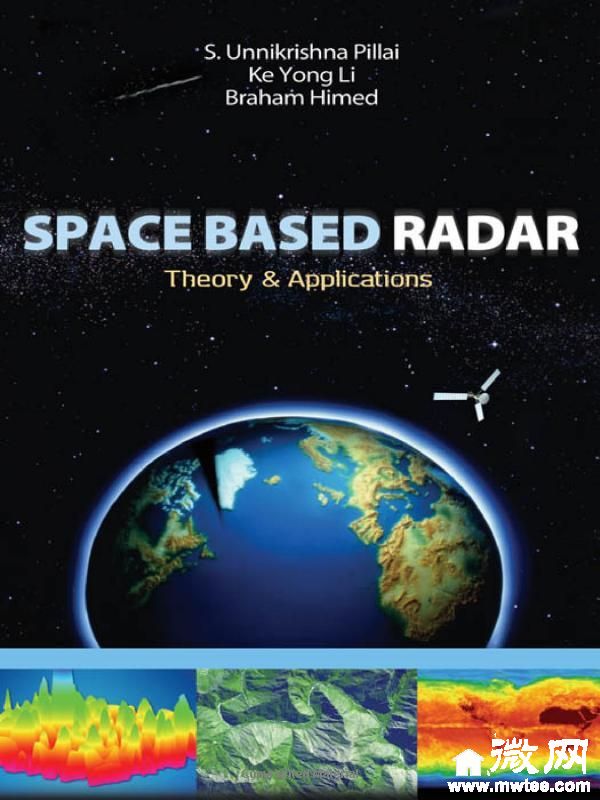本帖最后由 qche111 于 2009-5-21 21:47 编辑
[size=120%]Space Based Radar
By
S. Unnikrishna Pillai, Ke Yong Li, Braham Himed
Publisher: McGraw-Hill Professional
Publication Date: 2007-12-20
ISBN-10 / ASIN: 0071497560
ISBN-13 / EAN: 9780071497565
Binding: Hardcover
Product Description:
The First Comprehensive Guide to the Principles, Design Methods, and
Applications of Space Based Radar
Turn to Space Based Radar for authoritative information on the latest developments in Space Based Radar (SBR), covering fundamental principles, cutting-edge design methods, and several new applications. This SBR guide focuses on clutter and target data generation from an SBR
platform, and on Space Time Adaptive Processing (STAP) to enhance the target detection and the clutter cancellation capabilities of the radar system.
Designed to save you hours of
research time and effort, this one-stop resource explores the full range of SBR topics, including SBR footprint and range foldover phenomenon…Doppler shift that accounts for Earth's rotation…terrain modeling…STAP algorithms for enhanced target detection…and much more. Packed with over 250 full-color illustrations, Space Based Radar features:
Complete coverage of the technical issues associated with SBR and their impact on system performance - Website contains more than 250 PowerPoint slides for self-study or lectures, and problems and solutions. Inside This Pioneering SBR Sourcebook
• Introducing Space Based Radar • The Conics • Two Body Orbital Motion and Kepler's Laws • SBR Kinematics • Space Time Adaptive Processing for Space Based Radar • Performance Analysis Using Cramer-Rao Bounds • Waveform Diversity
Summary: detailed discussions
Rating: 4
Perhaps you can think of this book as a nice extension of classical orbital mechanics. Unsurprisingly, there is a heavy mathematical bent throughout the book. The usage of space based radar requires a recap of Keplerian laws and orbital motion of satellites.
The motion of a satellite also means that its scanning footprint of the Earth's surface has nontrivial geometries. Plus, the velocity itself induces Doppler effects, the so-called crab angle and crab magnitude. Another correction explained is due to the non-sphericity of the Earth, which necessitates a grazing angle correction factor.
Another subject taking up extensive discussion is the data collection and processing. There might be a spatial array of sensors scattered across space, for example. The use of multiple sensors has considerable advantages over a single sensor, in terms of resolution and redundancy. Weighed against the extra cost, of course.

